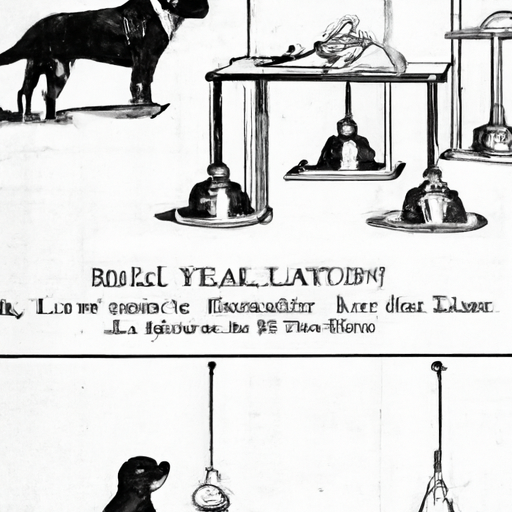Introduction
In the world of psychology, there are few experiments as famous as those conducted by Ivan Pavlov and his dogs. You’ve probably heard these mentioned before, but what did Pavlov’s dogs actually learn? Let’s walk together through this fascinating journey.
The Basics of Pavlov’s Experiments
First, let’s understand the basics of Pavlov’s experiments. Pavlov, a Russian physiologist, started his experiments with dogs in the late 19th century. His primary focus was to study their digestive systems, but he stumbled upon something unexpected, which became known as classical conditioning.
- Before Conditioning:
- The dogs naturally drooled when they saw food (unconditioned response to an unconditioned stimulus).
- During Conditioning:
- Pavlov started ringing a bell (neutral stimulus) just before giving the dogs their food.
- After Conditioning:
- The dogs began drooling at the sound of the bell, even without the sight of food. The bell had become a conditioned stimulus, producing a conditioned response.
What the Dogs Learned: The Power of Association
Pavlov’s dogs learned to associate the sound of a bell with the arrival of food. This is a simple, yet powerful demonstration of how learning can occur through association.
Now, imagine you are a caregiver. How might this knowledge be useful to you? It’s all about understanding and predicting behaviors. If you can understand the associations that trigger certain behaviors, you can better anticipate and respond to the needs of those you care for.
The Implications of Pavlov’s Findings
Pavlov’s findings have broad implications beyond the realm of dogs and bells. They have been used to understand various aspects of human behavior, from the development of phobias to the effectiveness of advertising.
For caregivers, it’s crucial to recognize that responses can be conditioned and unconditioned. Let’s look at this in a table for clearer understanding:
| Conditioned Response | Unconditioned Response |
|---|---|
| Learned through association (like Pavlov’s dogs salivating at the sound of a bell) | Naturally occurring reaction (like salivating at the sight of food) |
FAQs
To wrap things up, let’s address some frequently asked questions about Pavlov’s dogs.
Q: Did Pavlov’s dogs always respond to the bell?
A: Not always. If the bell was rung repeatedly without the follow-up of food, the dogs would eventually stop responding. This is known as extinction.
Q: Does classical conditioning work on all animals?
A: Most animals, including humans, can be conditioned to associate one thing with another, but the process and effectiveness can vary.
Q: What are some real-life examples of classical conditioning?
A: A common example is the fear of the dentist’s drill, where the sound becomes associated with pain. In a positive context, hearing a loved one’s voice might trigger feelings of happiness.
Q: How are these findings relevant to caregivers?
A: Understanding classical conditioning can help caregivers anticipate and manage behaviors, as well as establish positive associations, for those they care for.
In conclusion, Pavlov’s dogs learned more than just to drool at the sound of a bell. They became central figures in our understanding of learned behaviors and associations, knowledge that continues to be fundamental in psychology and caregiving today.



